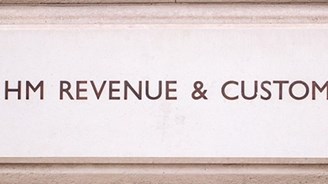Route 102 – One man’s year-long journey……Day 66

To mark this momentous year for UK GAAP, I'm embarking on a mission to work my way through FRS 102, reading a portion on each working day of 2015 and writing a short blog entry on my thoughts and musings (be they few or many).
DAY 66 (18 Jun)
Initial recognition for an investment property is set out in 16.5-16.6 and is frankly pretty straightforward. If it's a leased property, then finance lease accounting is initially used (the property recorded at lower of fair value and PV of minimum lease payments, and a liability set up accordingly).
Now onto 16.7 - assuming that we're not dealing with an 'undue cost or effort' scenario, investment property is measured at fair value every year-end. I'm not convinced there is any difference between 'fair value' (FRS 102) and 'open market value' (SSAP 19 - NB the latter is not defined in the standard). Of course the big change is that the gain or loss is recognised in profit or loss, rather than in what we'd now describe as 'other comprehensive income' (OCI). This has upset some people. It really shouldn't.
Why the change? It's not that every revaluation gain or loss should now go to P&L rather than OCI; for instance, revaluation of trading property is shown within the latter. But the principle in FRS 102 is that investment gains (regardless of the type of investment) go to P&L from now on. Such gains and losses are not realised (i.e. cannot be used to pay dividends), and should not be subject to corporation tax (although deferred tax is charged on the timing difference - we'll deal with this when we get to section 29 in around October!)
It is worth remembering that any agreements, profit-sharing arrangements, bonuses etc which relate to an entity's reported profit could be affected by this new approach. If you're a middle manager in a company whose investment properties have done rather well, you may be looking forward to your profit-related bonus with extra enthusiasm! On the other hand, if you're charged with governance, you may not wish to pay out the company's working capital for a bonus driven by the (definitely illiquid!) gain on property values. So such businesses would be wise to scrutinise the fine print of such arrangements to determine precisely what measure of profit is applied.
Where should the valuation gains go within reserves? It seems it's up to you. A sensible approach may be to have a non-distributable reserve to hold the gains and then show the movement into this reserve from annual profits via the Statement of Changes in Equity. But this is certainly not a requirement - so long as an entity can determine its realised profits (from accounting records) in order to support distributions.
P.S. If you missed the last instalment click here



